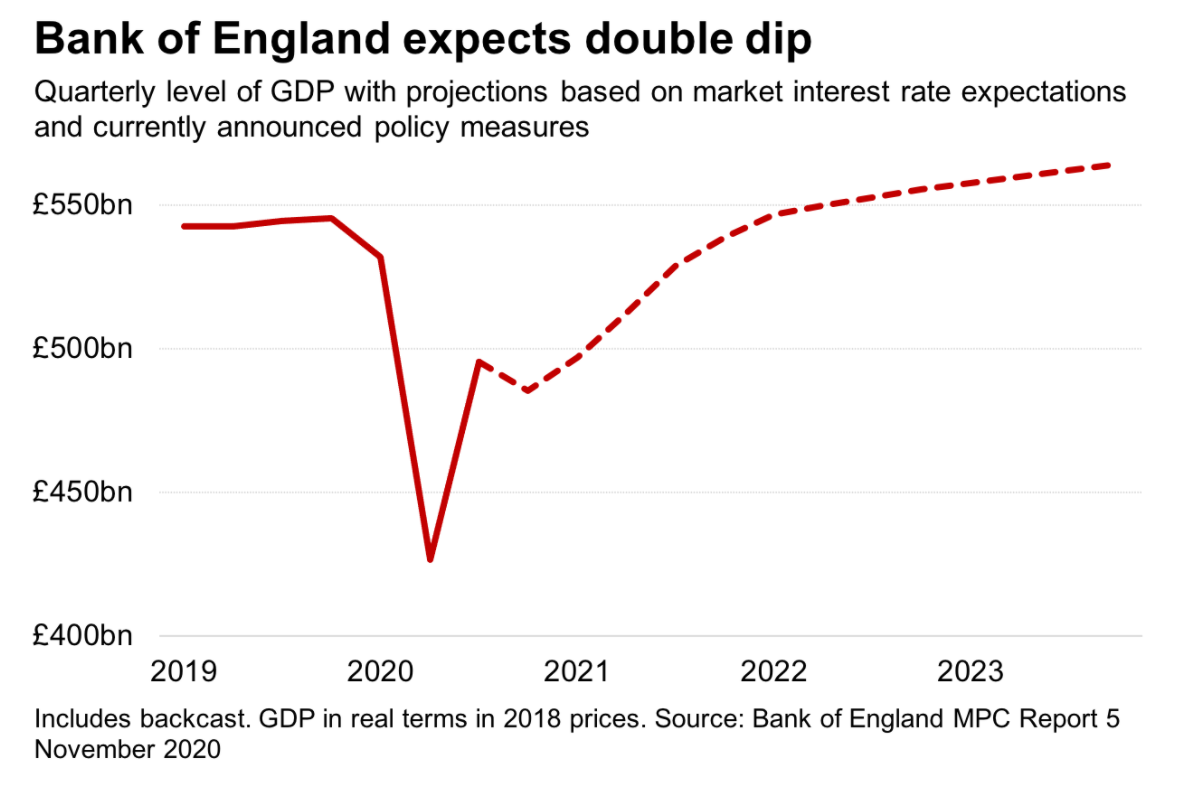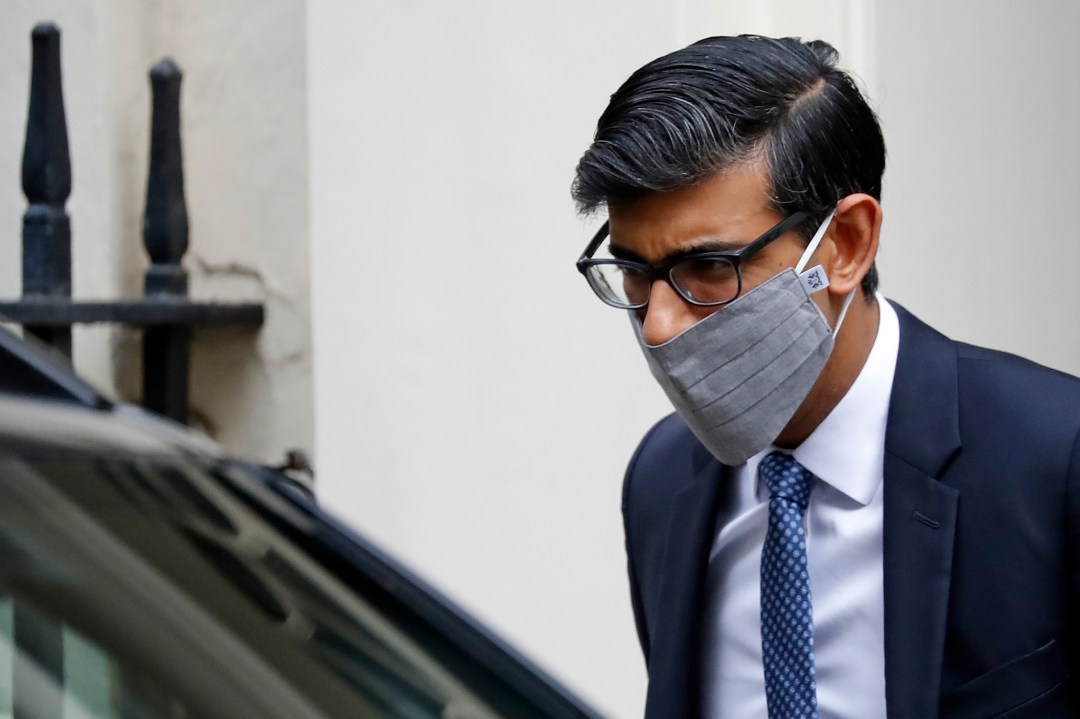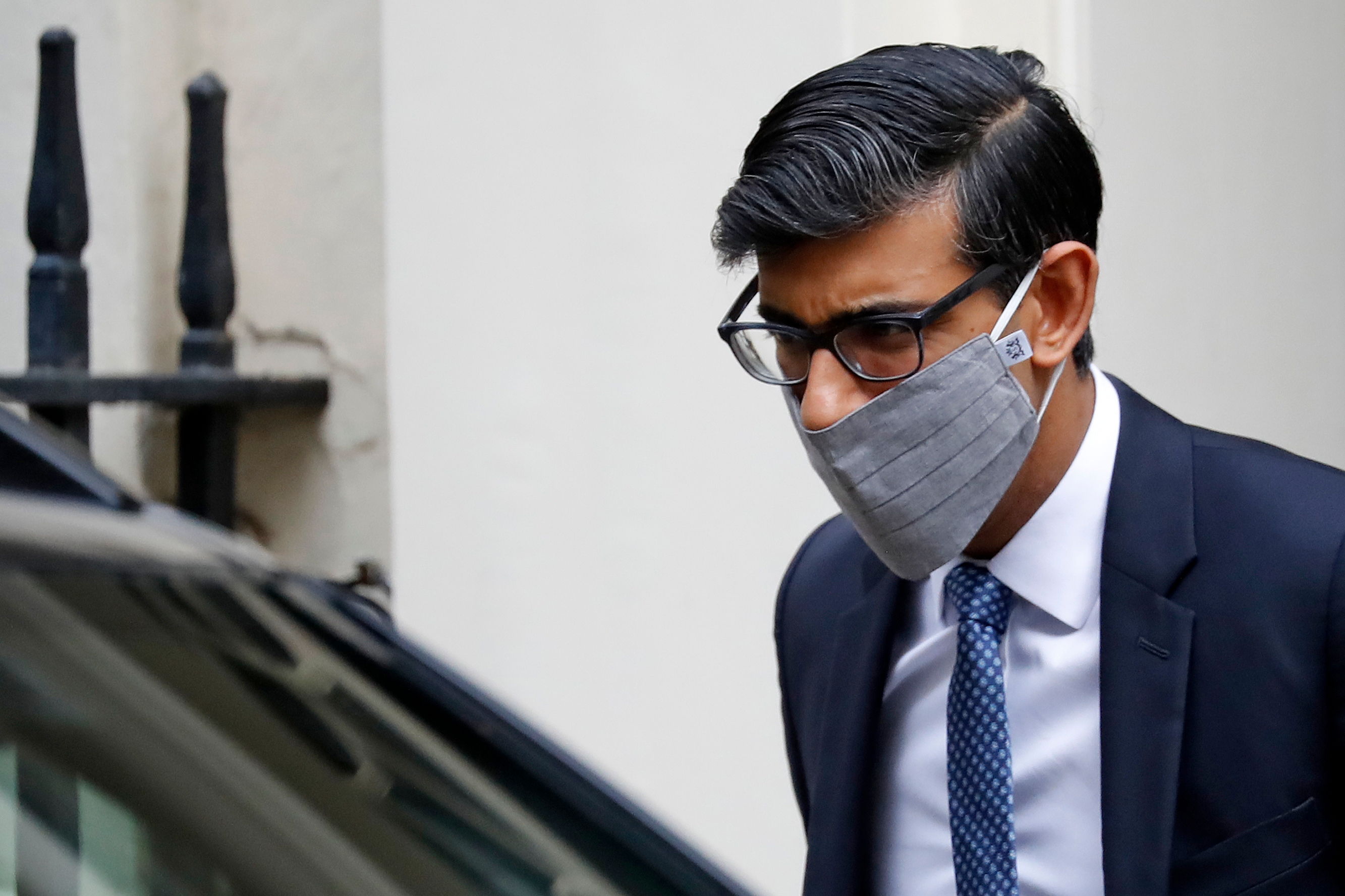England has only been back in national lockdown for a matter of hours and already economic support packages are rolling in — not for the duration of this lockdown (furlough was already confirmed until 2 December) but for the months to follow after the country exits lockdown.
Chancellor Rishi Sunak has abandoned a return to the jobs support scheme when lockdown ends — which sees the majority of financial costs fall on the employer — and instead decided to extend the furlough scheme across the UK in its most generous form. Furlough will run until March 2021 at least, with the government paying 80 per cent of workers’ wages for businesses that are forced to (or choose to) remain shut, with employers asked to pay only the cost of national insurance and pension contributions.
Rishi Sunak has abandoned a return to the jobs support scheme when lockdown ends
The self-employed will see an extension as well, receiving 80 per cent of their average profits (capped at £7,500) to be delivered with a third grant covering November to January. The measures will be reviewed in the new year when the jobs retention bonus scheme (now suspended) will be reconsidered too — but only when the government feels the time is appropriate to encourage their employees to come back to work.
While many businesses will find relief in these updates, they cast serious doubt on how open the UK economy will be this winter. The extension of furlough until March would suggest that we are many months away from businesses being able to reopen as they did in the summer and early autumn. Even if some venues are able to reopen for periods of time — non-essential shops are thought to be a priority before Christmas, as to not miss out on the seasonal shopping boom — hospitality and leisure remain especially at risk of being severely restricted or forced to remain closed altogether.
Today’s announcements have also removed the barrier to an even stricter tiered system when countries come out of their circuit breaks and lockdowns. The promise of furlough for the next five months has removed the need for financial negotiations if No. 10 and the devolved administrations decide to implement tighter restrictions on business. Of course, the Treasury is not the only place they might face pushback if lockdown 3.0 was on the cards. Last night, 34 MPs voted against the government to bring in England’s lockdown — a number that is expected to increase if there are moves to extend it past early December. But on the financial side, furlough acts as a security blanket, if not to implement another full lockdown, at least to keep restrictions extremely tight in the months ahead.
The announcements come hours after the Bank of England reasserted its financial commitment to get the Treasury through the peak of this crisis, announcing another £150 billion of quantitative easing to keep the government afloat (estimates for this year’s deficit are approaching £450 billion now). But no amount of spending can mitigate the serious pain caused by shutting down again. When announcing today’s updates, Suank noted that the ‘economic effects are much longer-lasting’ than the timeline lockdown covers.
Today’s monetary policy report from the BoE reaffirms this sentiment, showing UK GDP is set to contract by a record-breaking 11 per cent this year. Worse, its central projection shows another economic contraction, creating a W-shaped trajectory and a painful crawl back to pre-GDP levels. The report also highlights how we have not yet felt the full pain of this crisis in the labour market, with unemployment possibly peaking at over 10 per cent next year.

Sunak’s original plan to move away from the furlough scheme was, he said, based on his belief ‘that we’d be able to stay ahead of the virus.’ Today’s return to it — which could see some employees furloughed for almost an entire year — is yet another reminder that the government has not yet achieved this. The longer it takes to do so, the longer the pathway to recovery becomes.








Comments